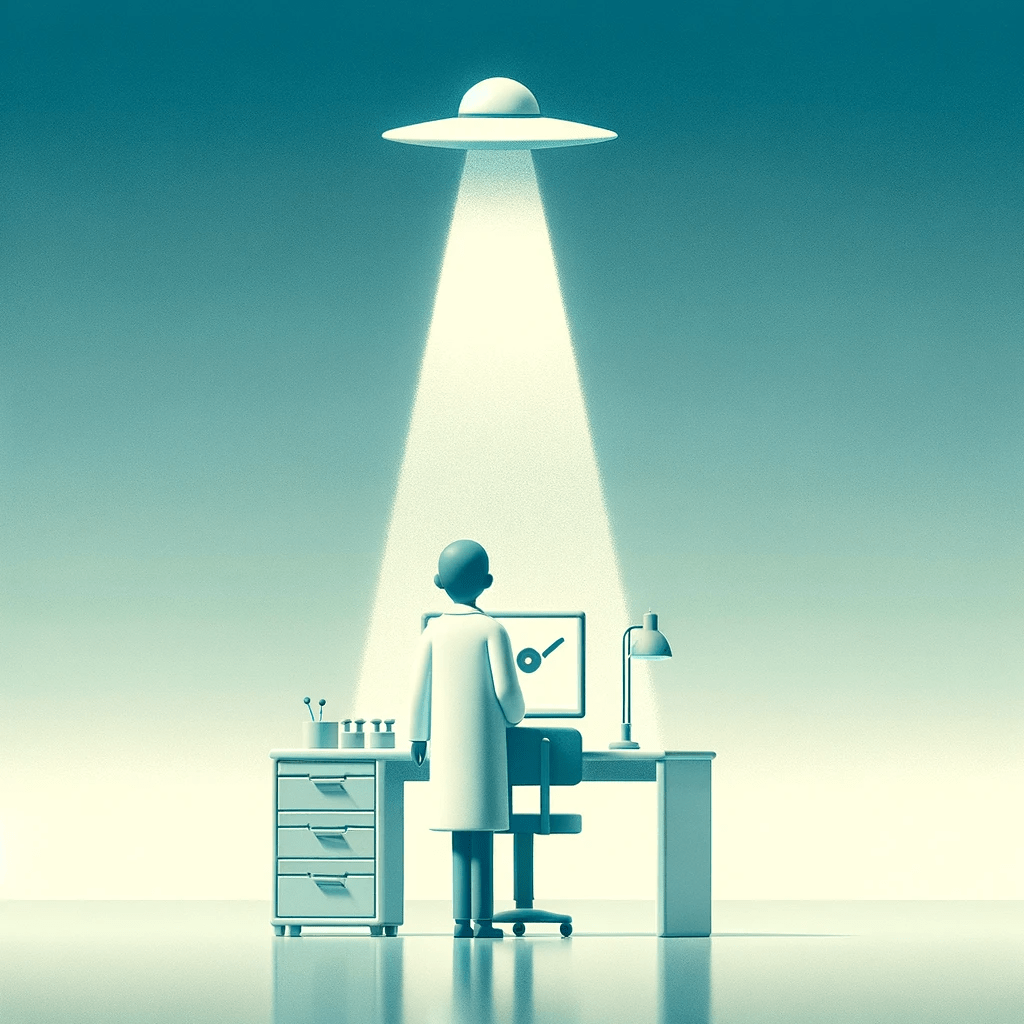AARO Discovered a Few Things and None were about Aliens

In the article “Here’s What I Learned as the U.S. Government’s UFO Hunter,” published by Scientific American, Sean Kirkpatrick, the former director of the All-Domain Anomaly Resolution Office (AARO), shares his unique insights and experiences from his tenure as the U.S. government’s official investigator of unidentified anomalous phenomena, often referred to as UFOs. The title of the article aptly encapsulates Kirkpatrick’s journey, looking into the complexities, challenges, and lessons learned during his quest to understand and analyze these mysterious occurrences. His narrative offers a rare glimpse into the government’s efforts to unravel the mystery surrounding UFOs, blending scientific inquiry with the intrigue of a topic that has captivated public imagination for decades.
This piece, with its focus on AARO’s work, presents a perspective that might not age well, especially considering that UFOs and aliens are real. The article states that AARO’s investigation revealed no evidence of aliens, instead encountering numerous sensational but unsupported claims about UFOs. Kirkpatrick points out the challenges posed by misinformation and sensationalism, which often overshadow the office’s scientific approach.
The term ‘alien’ needs to carry a wide spectrum of interpretations and connotations, because it is subject to the twists and turns of linguistic creativity by liars and deniers. While traditionally conjuring images of beings from other planets, its definition is increasingly fluid, encompassing a vast array of entities, each with their unique characteristics and origins. Whether referred to as extraterrestrials, non-human intelligences (NHI), ETs, Nordics, Pleiadeans, Reptilians, hybrids, spirits, angels, demons, “the bugs,” extraterrestrial biological entities (EBE), or even artificial intelligence, these descriptors all attempt to capture the essence of entities that are fundamentally “The Others.” They are exotic by their very nature, diverging from our conventional understanding of life and consciousness. They are representing something that was not created by us from our timeline. Thus, the term “alien” becomes a broad umbrella, under which lies intricate and diverse beings and concepts that challenge our perceptions, stretching beyond the mundane to the extraordinary.
Sean Kirkpatrick’s article also looks into the history of UAP research, mentioning the Advanced Aerospace Threat Identification Program (AATIP) at the Defense Intelligence Agency (DIA), influenced by Robert Bigelow, a businessman with a keen interest in UFOs. It discusses how efforts to establish special access programs (SAPs) to safeguard supposed UAP/UFO material were rejected due to a lack of evidence and the inappropriate allocation of funds towards paranormal research.
Kirkpatrick notes the absence of any high-level awareness of the alleged UFO/UAP program among U.S. presidents, defense or intelligence leaders, or congressional committees. This lack of knowledge among top officials is highlighted as a critical point given the alleged significance of such a program. The article emphasizes AARO’s mission to comprehend unidentified phenomena near sensitive national security areas, focusing on utilizing science and technology for clarity and transparency.
Furthermore, Kirkpatrick criticizes the modern media cycle and the public’s interest in sensationalist stories, contrasting it with the need for sound scientific research. He observes that some members of Congress and public figures seem to favor sensational narratives over evidence-based information. The article concludes by reaffirming AARO’s commitment to scientific methods in investigating UAPs, aiming to collect and analyze hard data. It stresses the importance of a science-based approach in a field often dominated by conspiracy theories and sensationalism.
The article presents AARO’s efforts and challenges in investigating UAPs, underscoring the need for a scientifically grounded approach in an area frequently swayed by sensationalism and misinformation. However, under the assumption that UFOs and aliens are real and not being transparently reported by AARO and Kirkpatrick, this article could be seen as an example of how narratives might evolve and be perceived differently over time.
The article ‘Here’s What I Learned as the U.S. Government’s UFO Hunter’ suggests a certain irony or contradiction. It is indeed noteworthy that the individual tasked with investigating unidentified flying objects (UFOs) and potential encounters has not personally witnessed such phenomena.
Just like it would be unexpected to have a mountain climbing guide who has never climbed a mountain, it seems paradoxical to have a UFO investigator who has never personally experienced a UFO or alien encounter. This analogy underscores the peculiar nature of the role, where firsthand experience, often a cornerstone in other fields of exploration and guidance, is lacking. It raises questions about the depth and authenticity of the investigation into such a mysterious and uncharted territory as UFOs and phenomena, where personal encounters could provide invaluable insights.


